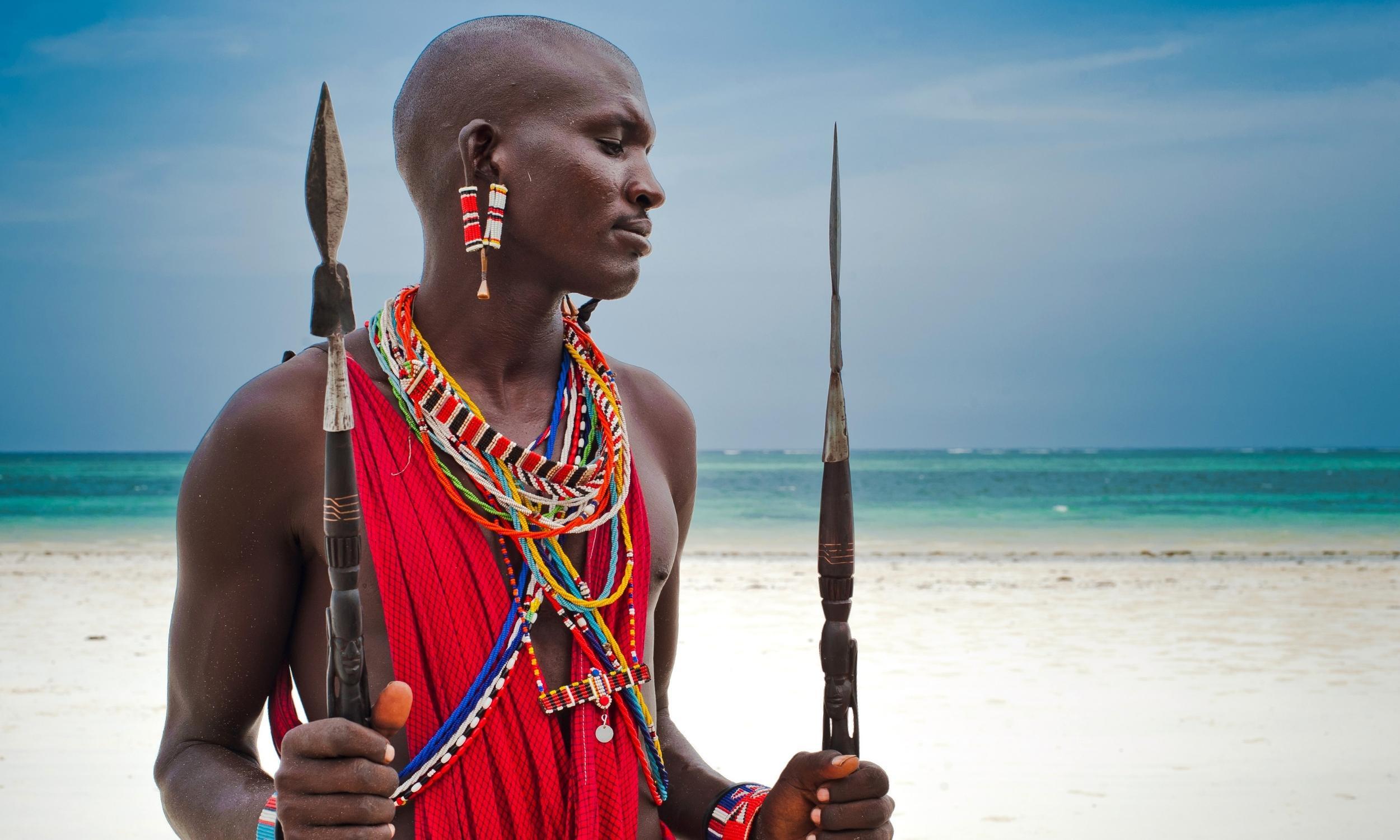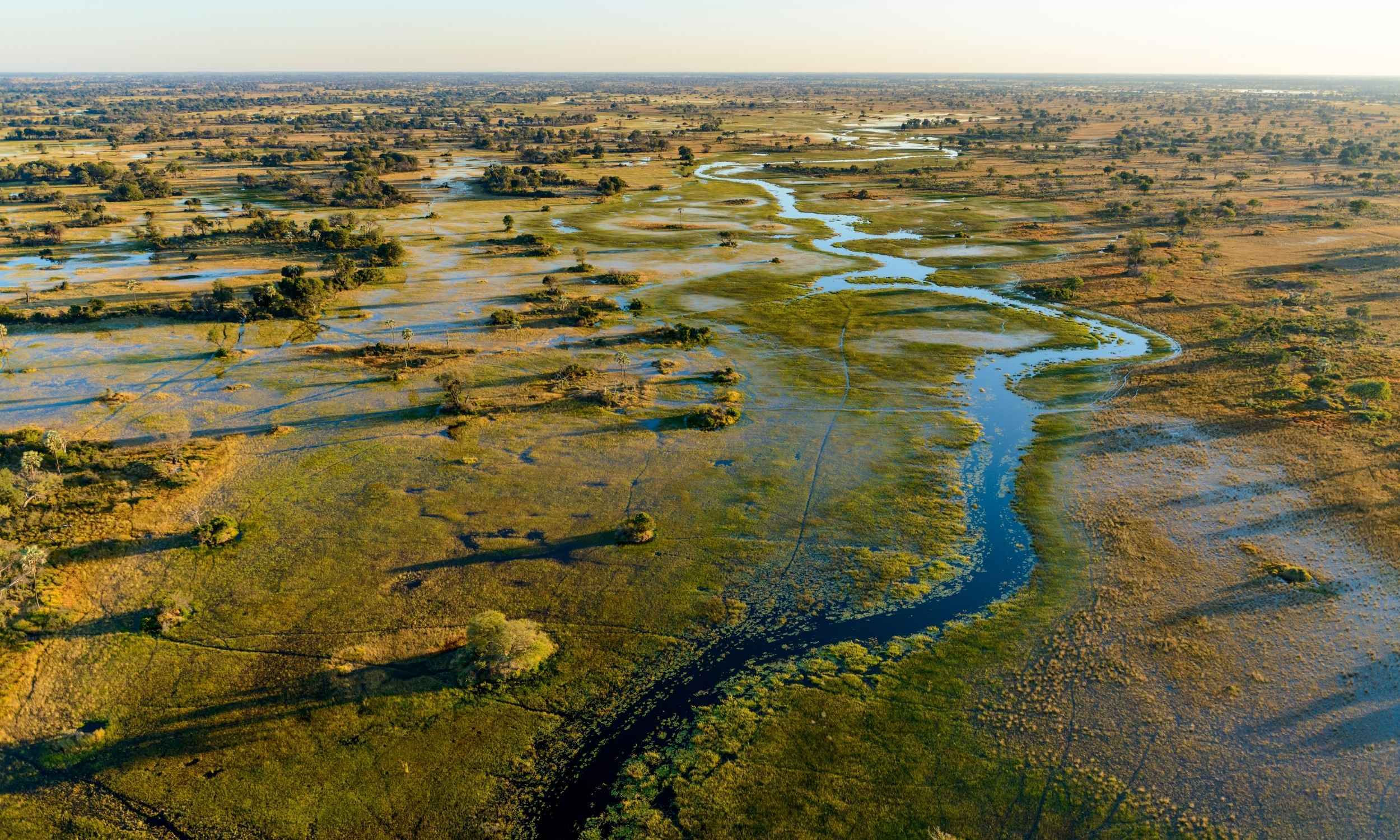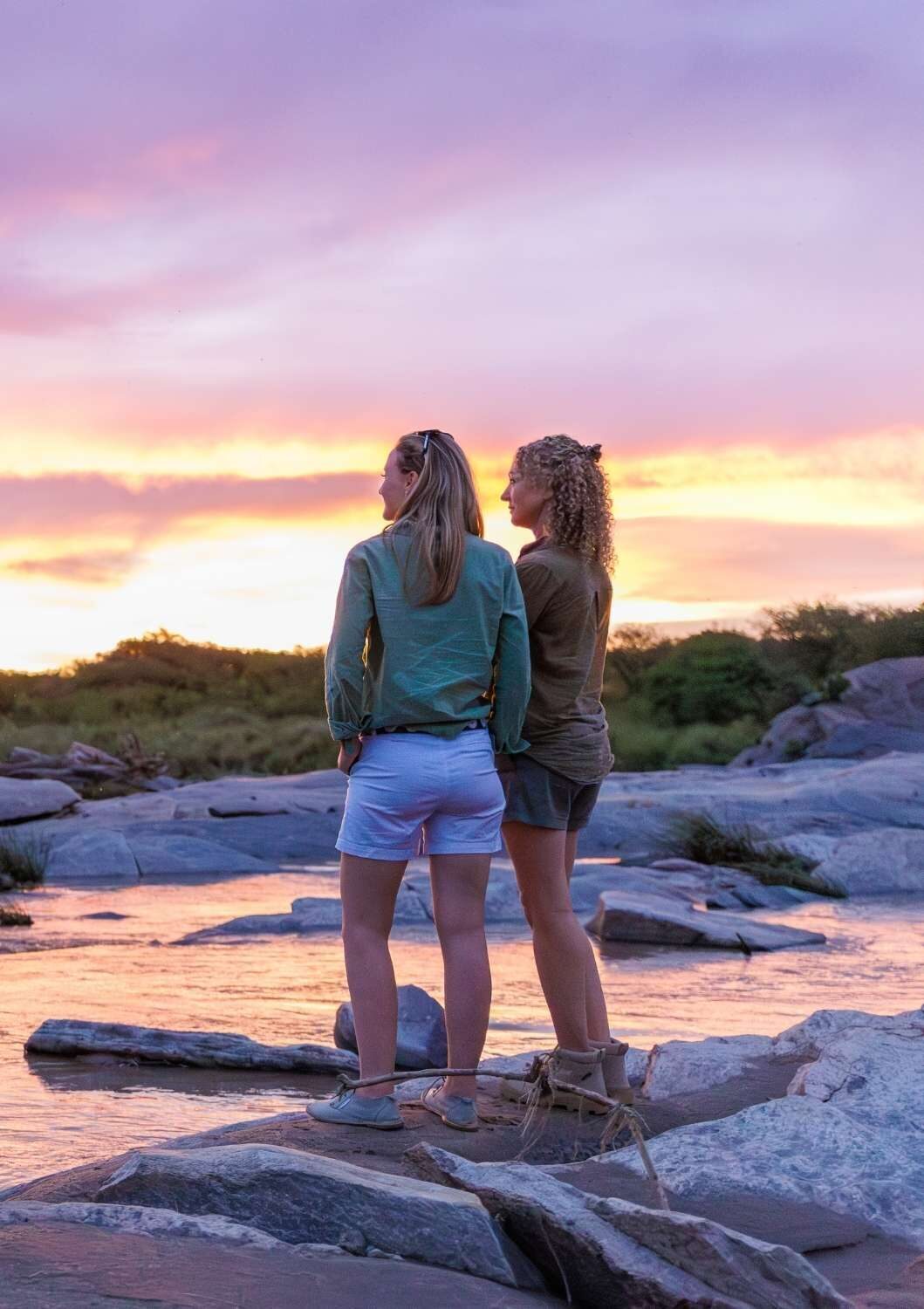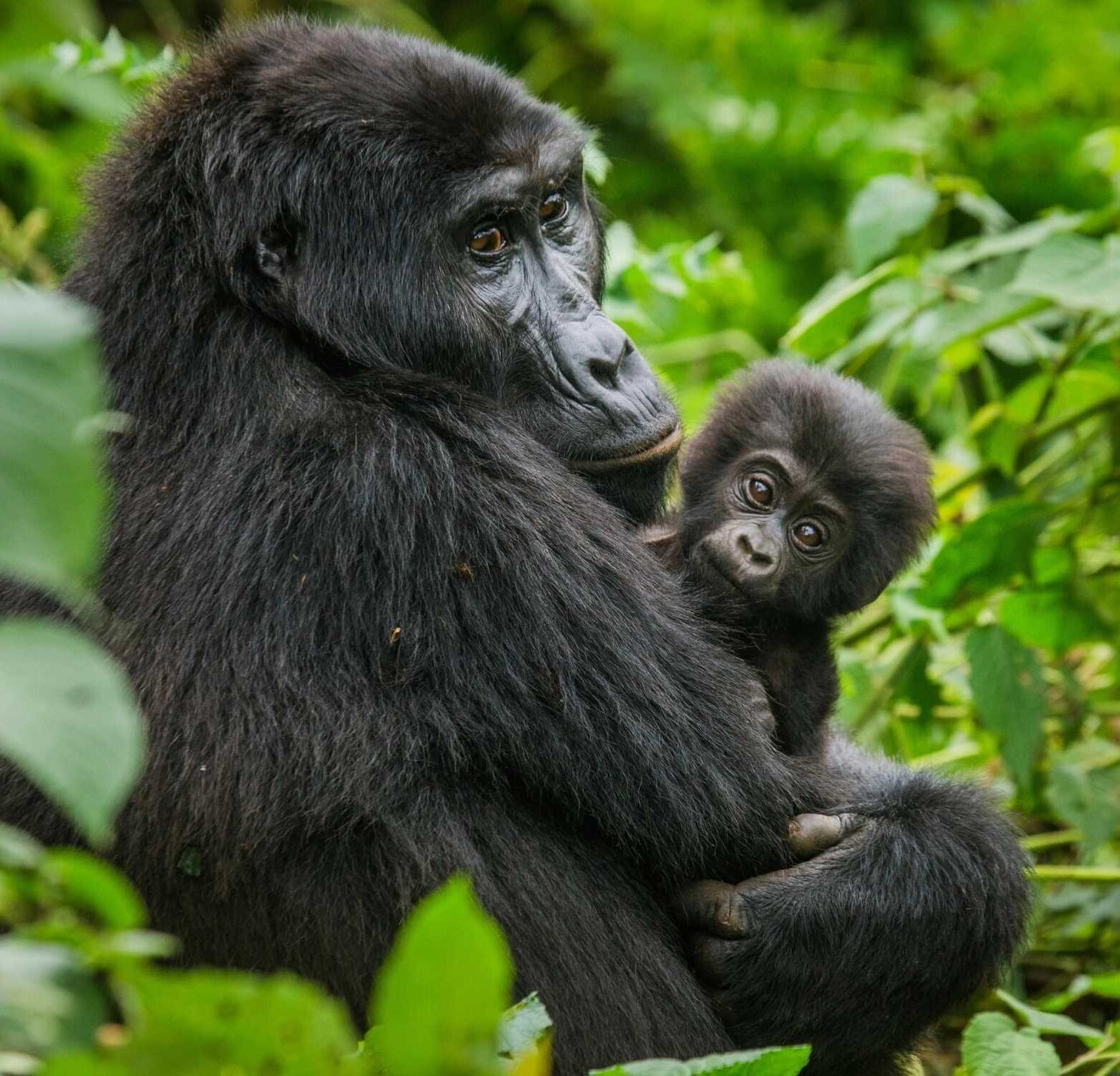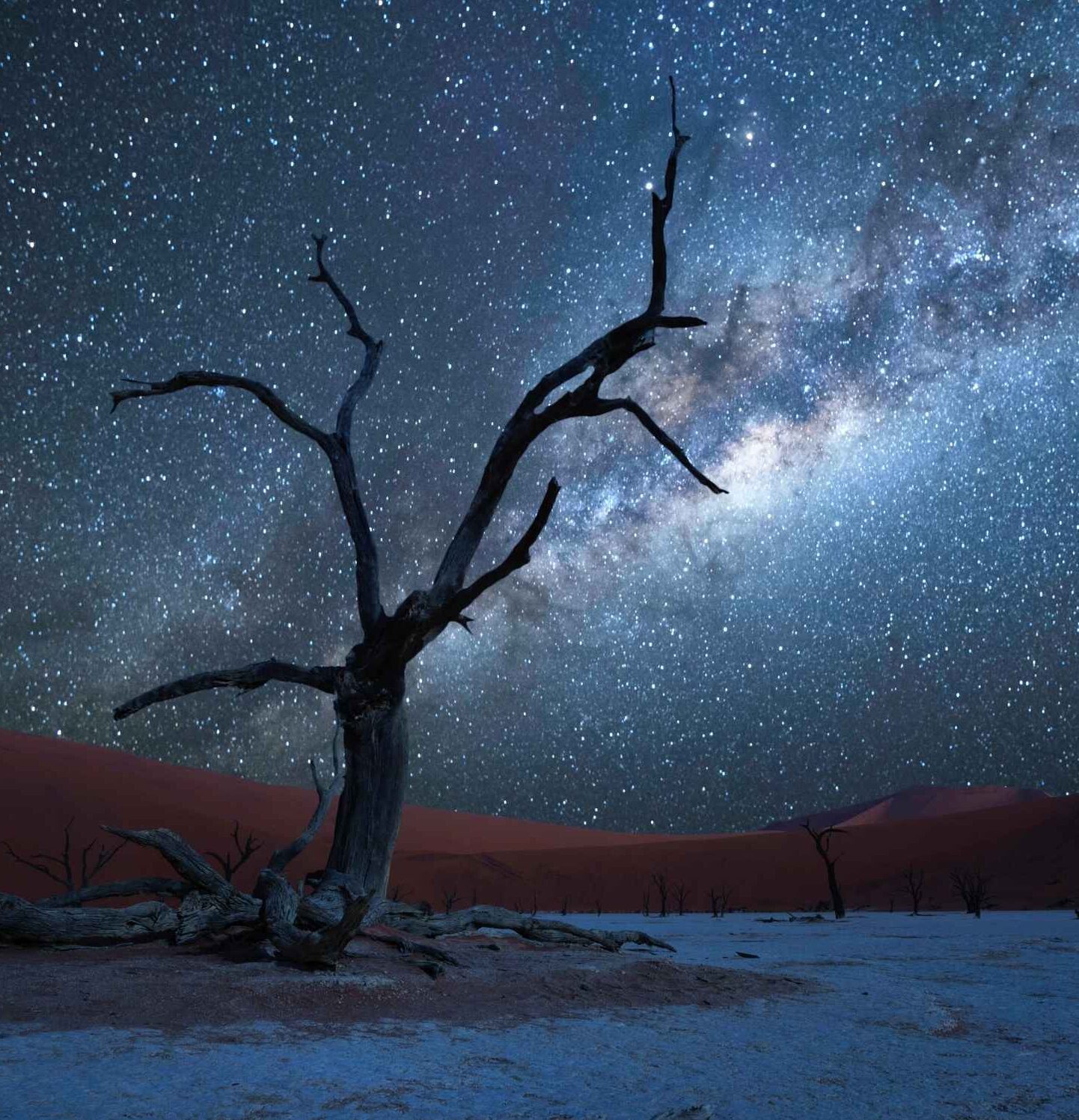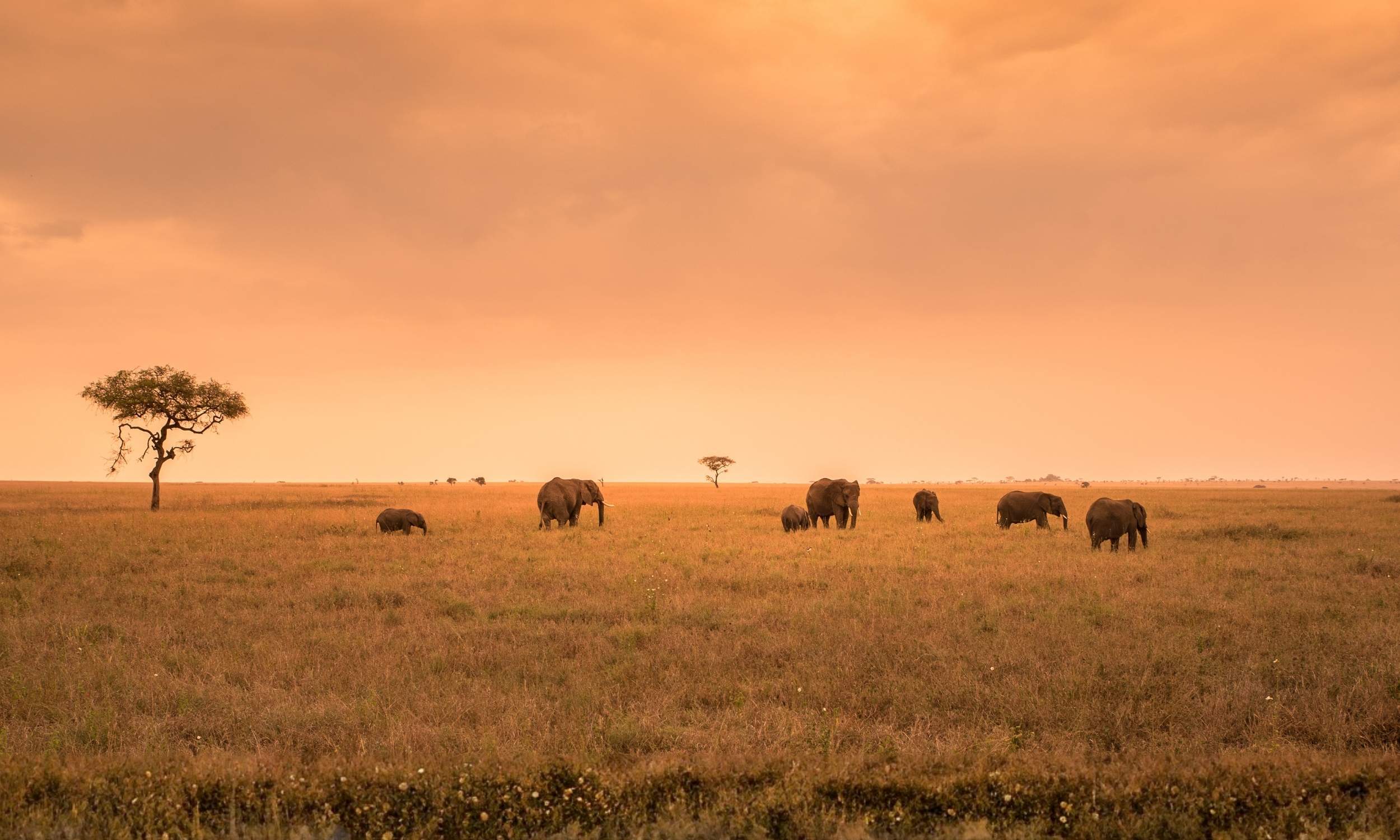
The Big Five
of Africa
A Story Written in Wildlife and Time
Africa’s most recognised animals were once linked to a very different history. The term Big Five was coined by nineteenth-century hunters who viewed the elephant, rhino, buffalo, lion, and leopard as the most challenging animals to kill. Their definition had nothing to do with reverence, yet these same animals now inspire a sense of respect and care that has reshaped the meaning of a safari.
Across Africa, conservation teams, communities, and dedicated rangers protect these species so clients can witness them with a camera in hand rather than a rifle. Their populations remain vulnerable, but their presence across several wilderness regions offers extraordinary opportunities for meaningful encounters. The Big Five become part of a broader story that includes landscapes, cultures, and the quiet moments that shape an African journey.
Below, we explore each of the five, with insight into where to see them, when to travel, and what makes each species remarkable.

Understanding the Big Five Today
A Contemporary View of Africa’s Most Famous Animals
Modern safaris are shaped with care and guided by conservation priorities. The Big Five serve as ambassadors for larger ecosystems and the communities working to preserve them. Seeing all five is possible in several destinations, although nature never works to a timetable. The search becomes part of the experience and often leads to unexpected and memorable moments.
What Are the Big Five?
These species were once defined through a very different lens, yet today they represent resilience, conservation, and the quiet power of Africa’s wilderness. Each holds its own place in the story of a safari. The sections below explore their characteristics, where to see them, and how they shape the landscapes they call home.
THE BLACK RHINO
A Rare Figure of Strength
The black rhino’s reputation comes from a mixture of power and fragility. Its pointed upper lip helps it browse shrubs and leaves, while its short temper is a response to poor eyesight and an instinctive need for self-protection. Although black rhinos once roamed widely, decades of poaching placed them on the critically endangered list.
Conservation teams now monitor individual rhinos and work closely with communities to prevent further losses. Their progress is promising, but sightings still feel significant and meaningful.
Where to See Black Rhinos
Etosha National Park in Namibia offers reliable encounters. They are also seen in Kruger National Park, the private reserves along its borders, Nairobi National Park, the Ngorongoro Crater, and parts of Zimbabwe.
Best Time to See Them
Dry months draw black rhinos to water for more predictable viewing. They maintain territories throughout the year, which allows expert guides to anticipate their movements.
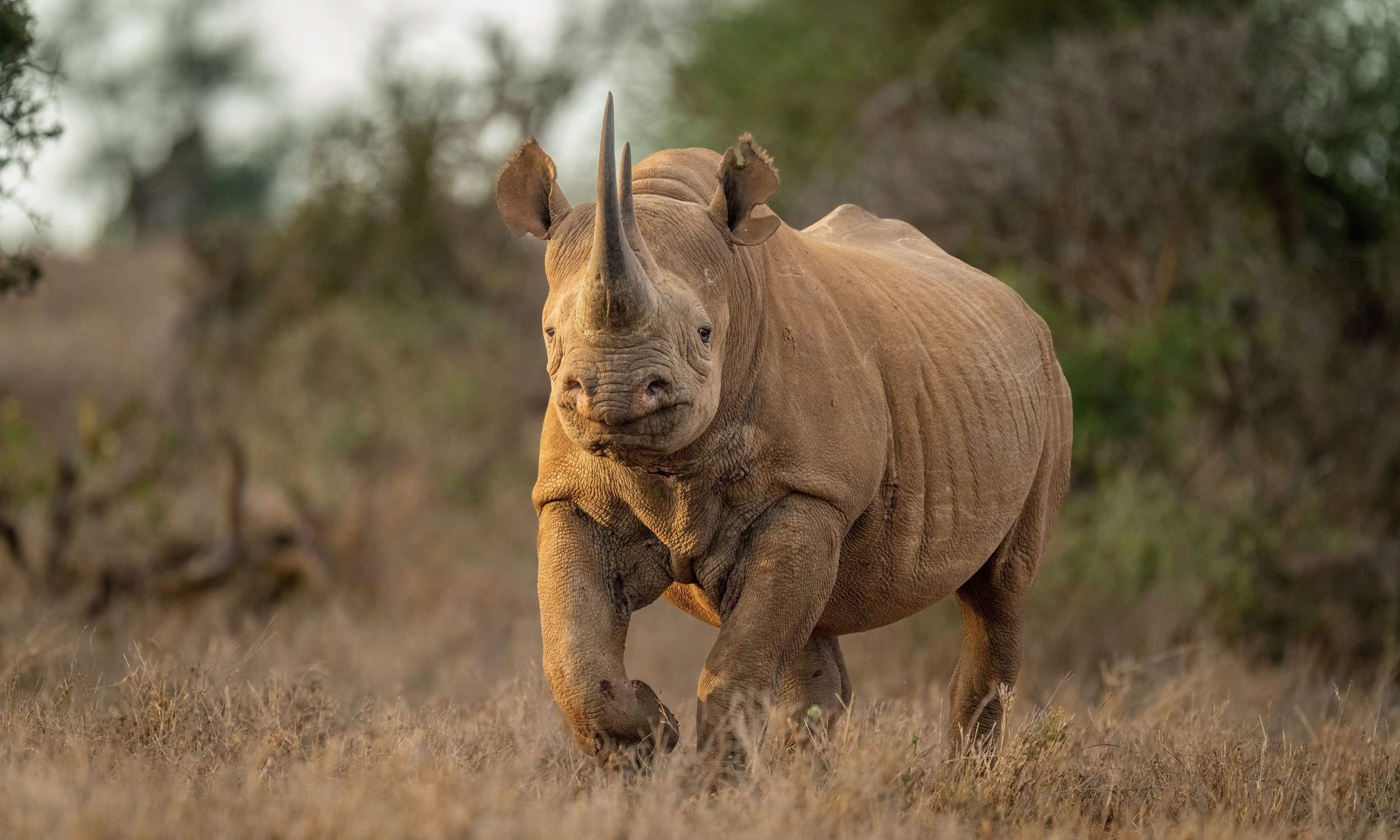
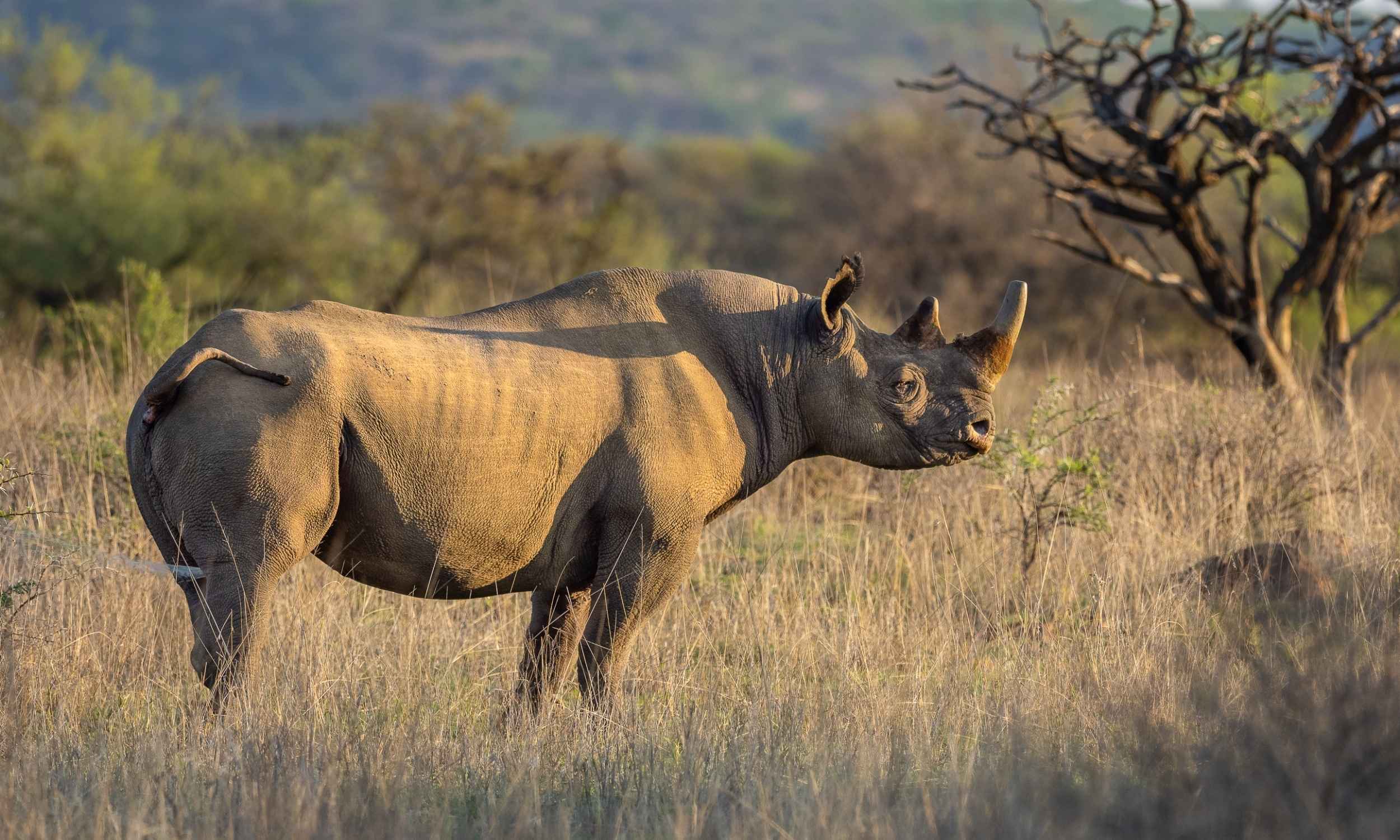
THE LION
A Quietly Commanding Presence
Lions hold a familiar place in the African story. Their social structure is complex, with pride dynamics that shift over time. Females raise their cubs together, hunt cooperatively, and often act as the stabilising force of the pride. Males defend territory and control access, although their tenure rarely lasts long.
Some areas reveal unique behaviour, including the tree-climbing lions of Queen Elizabeth National Park in Uganda and Manyara National Park in Tanzania. In South Africa’s Timbavati region, white lions occasionally appear, a result of a rare genetic trait.
Where to See Lions
They roam across Kenya, Tanzania, South Africa, and Zambia. The Maasai Mara, Serengeti, Kruger, Sabi Sands, South Luangwa, and the private reserves of Zambia and Zimbabwe are among the most rewarding regions.
Best Time to See Them
Lions are active all year. For cub sightings, the months from February to July offer high potential, although births occur throughout the year.
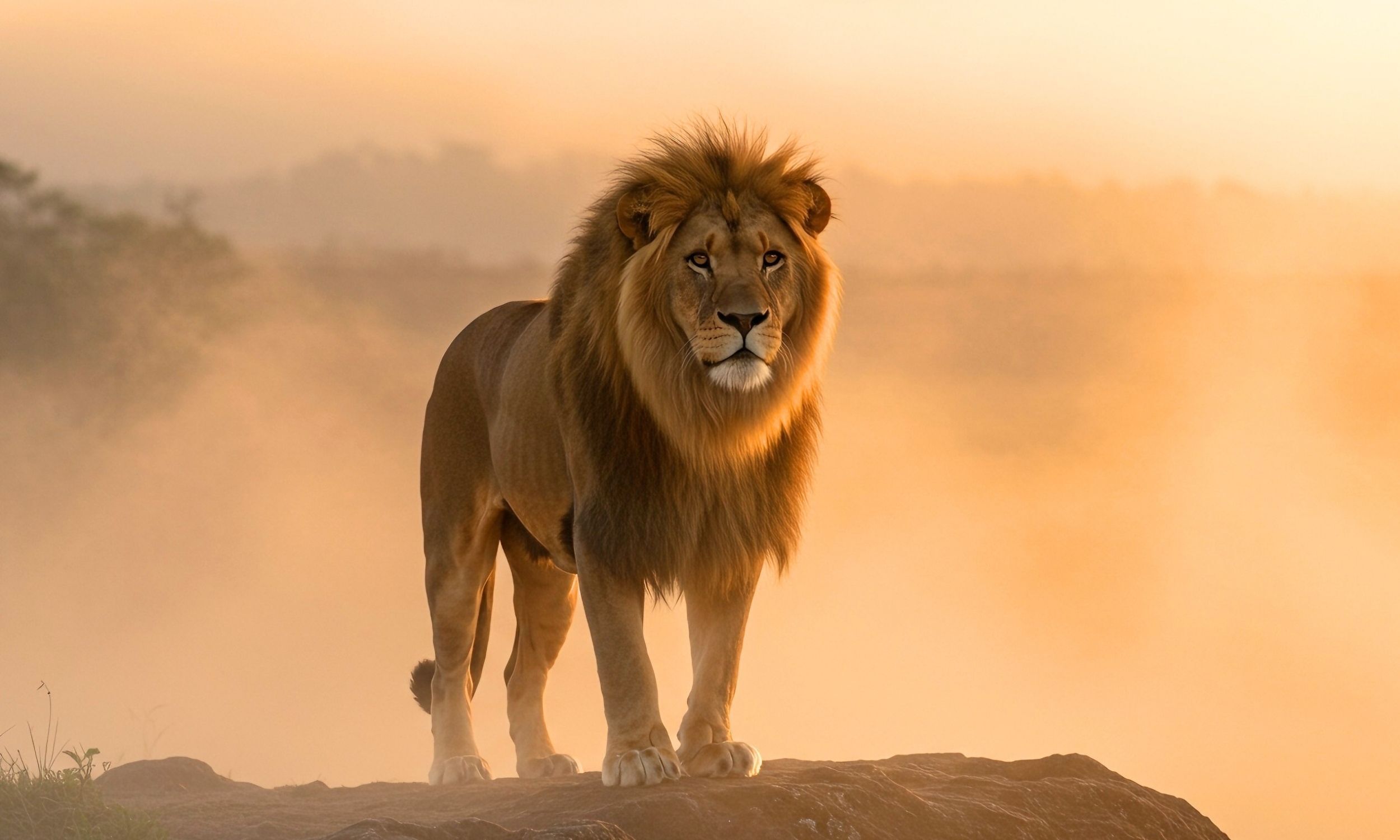

THE AFRICAN ELEPHANT
A Giant Shaped by Memory and Emotion
Elephants move with remarkable purpose. Their family bonds run deep, and they navigate vast landscapes with the help of long-held memory and instinct. Their impact on the environment is essential. They open landscapes, disperse seeds, and create pathways used by countless species.
While elephants may appear gentle, they are protective of calves and can react with force if they feel threatened. Expert guides read subtle signs and provide safe, respectful distance at all times.
Where to See African Elephants
Botswana’s Chobe is known for the largest concentrations. Amboseli in Kenya sits beneath Mount Kilimanjaro and offers remarkable photographic opportunities. Elephants also thrive in Zimbabwe, Zambia, Kenya, and the private reserves bordering Kruger.
Best Time to See Them
Dry seasons from June to September create consistent movement toward water sources, leading to high-quality sightings.

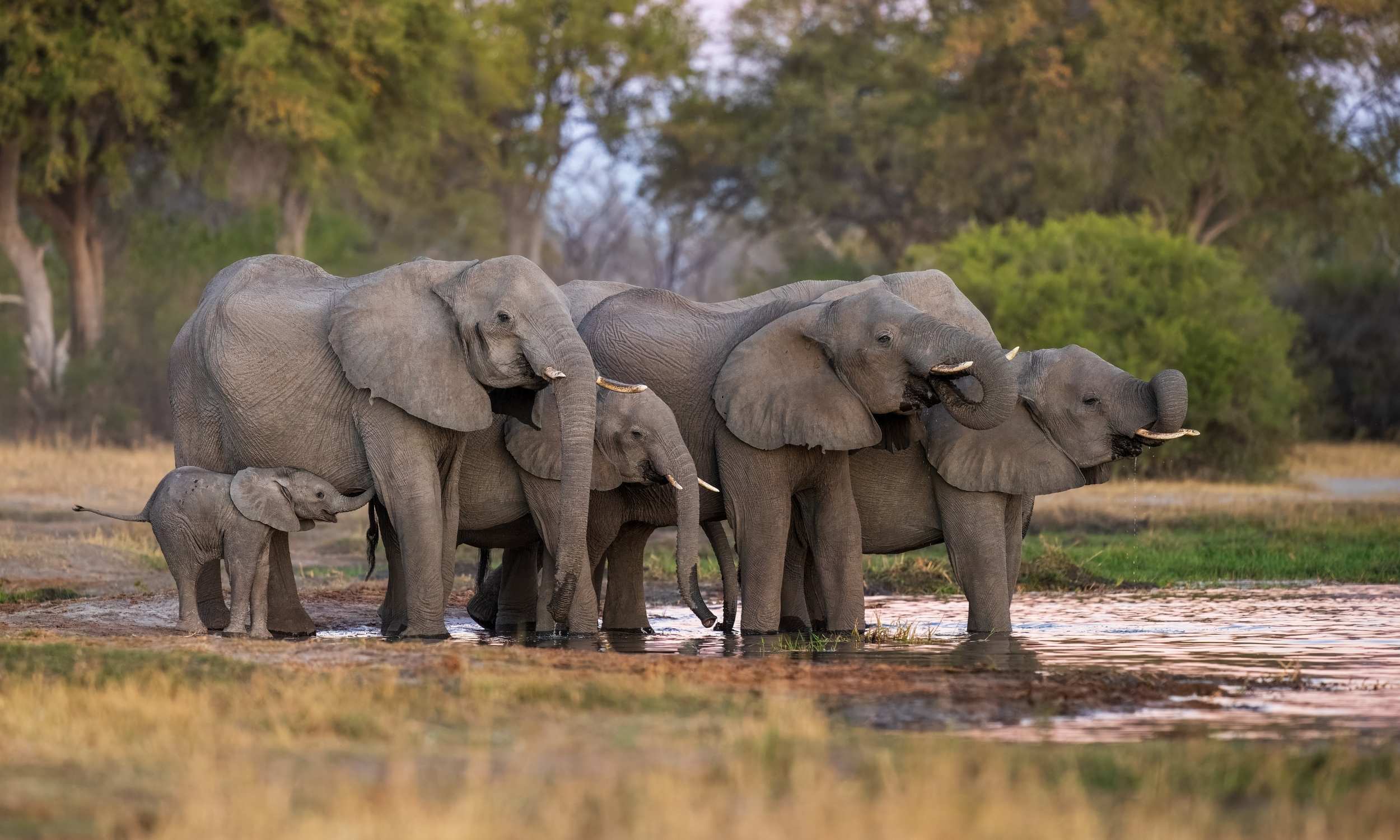
THE LEOPARD
The Silent Figure in the Branches
The leopard’s elegance lies in its ability to appear and vanish without a sound. This solitary cat hides its cubs in rocky outcrops or dense thickets. Its strength allows it to carry prey into trees, away from lions and hyenas. Although elusive, leopards adapt to many environments and remain one of Africa’s most intriguing species to photograph.
Where to See Leopards
The private reserves bordering Kruger, including Sabi Sands, are among the most reliable. Kenya’s Maasai Mara, Samburu, and Tanzania’s Serengeti also support strong populations. Their numbers are healthier than many assume, though sightings depend on patience and experienced guiding.
Best Time to See Them
Dry months from May to September offer the clearest chance, with foliage more open and wildlife movements easier to track.


THE CAPE BUFFALO
The Unpredictable Guardian of the Herd
Cape buffalo move in enormous herds that can number in the thousands. They protect one another with striking commitment and have long been recognised for their unpredictable nature. Lions hunt them in coordinated attacks that play out across riverbanks and grasslands. Buffalo remain plentiful, yet sightings never feel ordinary due to their power and scale.
Where to See Cape Buffalo
Sabi Sands, the private reserves of Greater Kruger, Kenya’s Maasai Mara, Botswana’s Chobe, and Tanzania’s Katavi provide excellent viewing.
Best Time to See Them
Buffalo are present throughout the year. Calving peaks between November and March, which can bring dramatic interactions with predators.
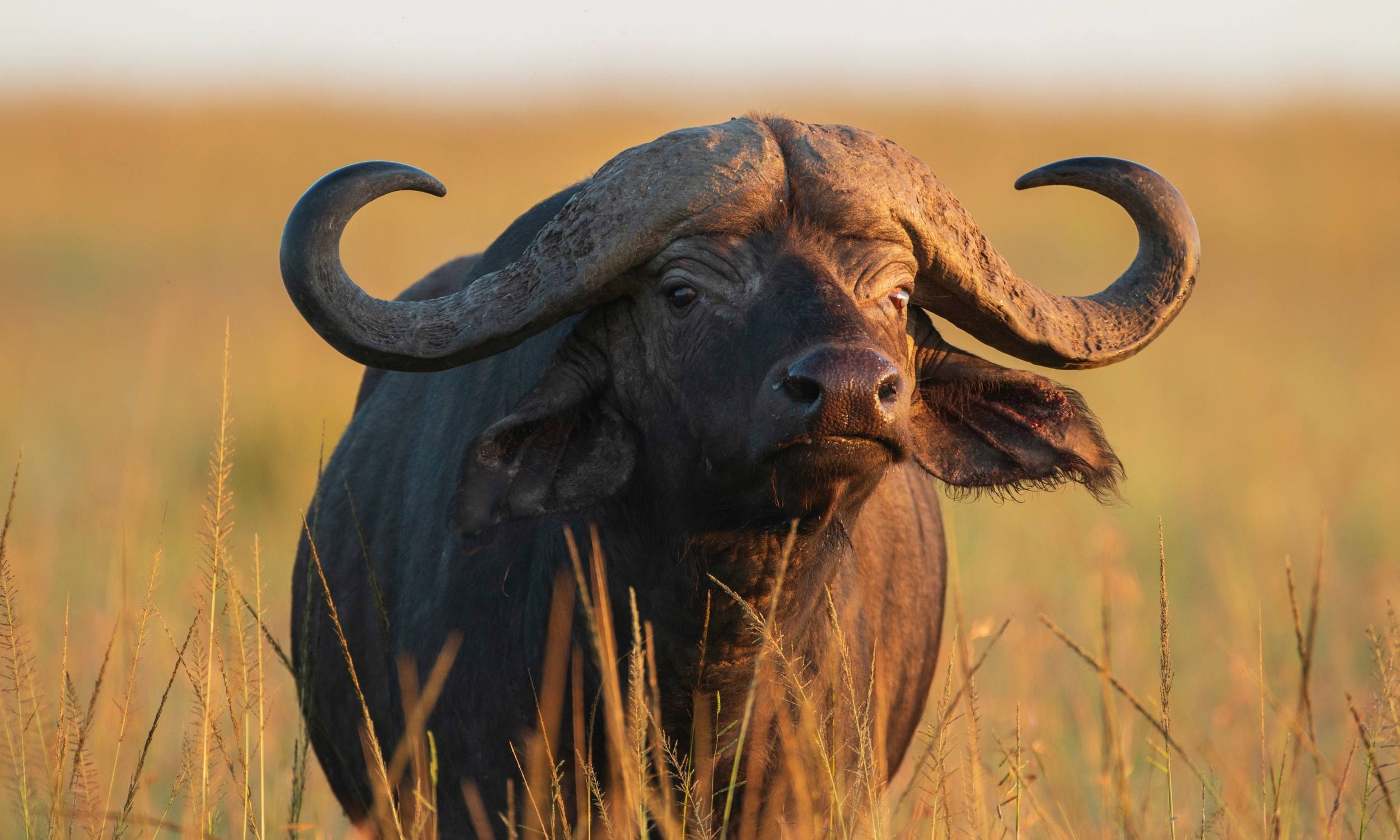
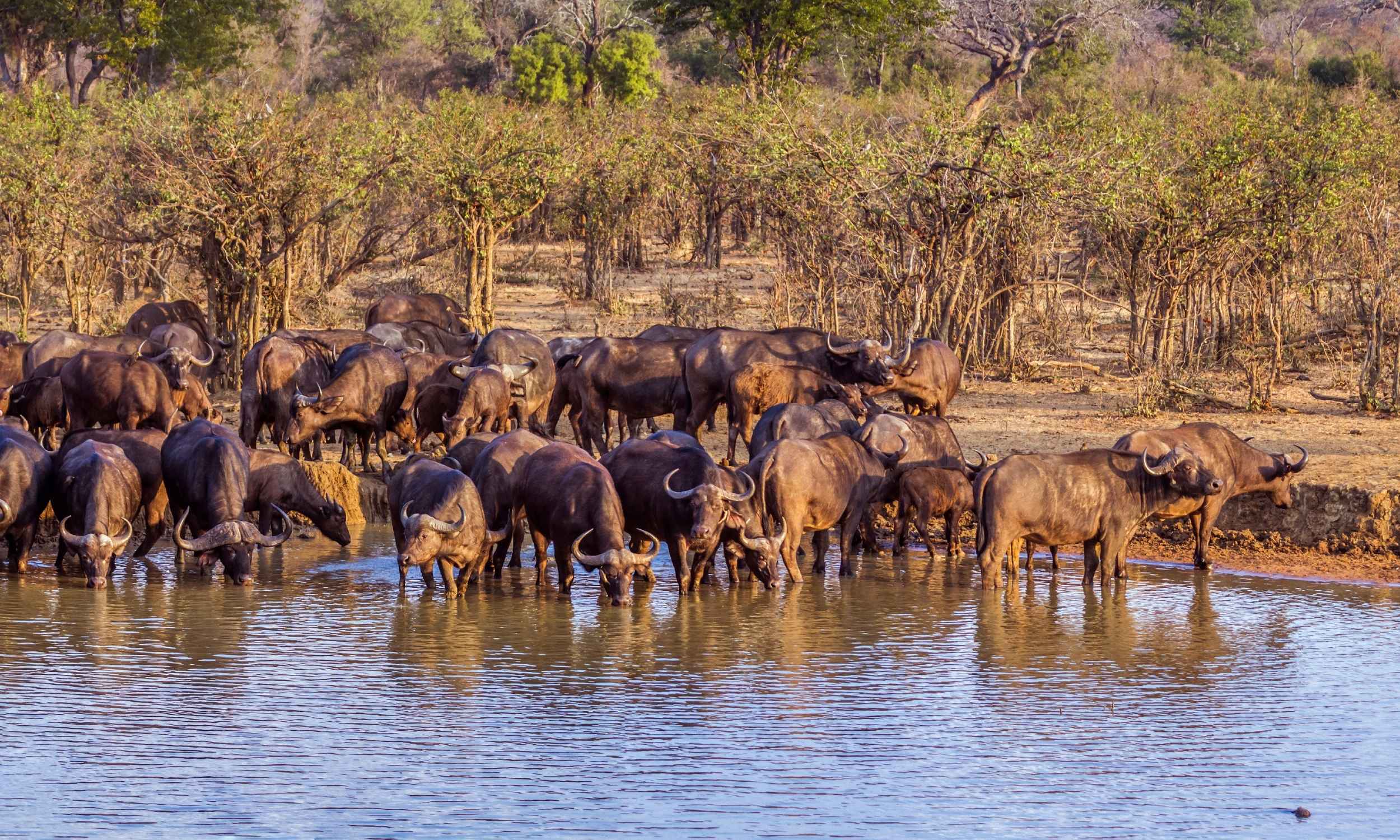
WHERE TO SEE ALL FIVE
Regions Known for Complete Big Five Viewings
Certain destinations offer a realistic opportunity to encounter all five species during a single journey.
South Africa
Sabi Sands and the private reserves bordering Kruger provide consistently high-quality sightings supported by experienced guiding teams.
Kenya
Lewa Conservancy, the Maasai Mara, and parts of Samburu offer a balanced combination of wildlife, landscapes, and conservation success stories.
Tanzania
The Serengeti and the Ngorongoro Conservation Area support thriving populations, including seasonal activity that changes with the movement of herds.
Botswana
The Okavango Delta and Chobe National Park host four of the five regularly. The rhino population is increasing, although sightings remain limited in some areas.
WHEN TO PLAN A BIG FIVE SAFARI
Understanding Seasons and Wildlife Patterns
- The best time depends on your interests.
- Dry seasons from June to September create easier wildlife viewing across most of the continent.
- Green seasons from November to March bring newborns, dramatic skies, and rich landscapes.
- Each region holds its own rhythm, which allows Travel Designers to guide clients toward the right timing for their journey.
A SAFARI SHAPED AROUND YOU
Seeing the Big Five is meaningful, yet Africa holds far more than five species. Every region reveals something new, from ancient landscapes to unique cultures and conservation stories. Your Travel Designer will suggest destinations that reflect your interests and help you experience these animals with respect for their fragility and importance.
When you are ready to begin your own story with Africa’s most recognised wildlife, speak with one of our Travel Designers and explore the possibilities.


























































